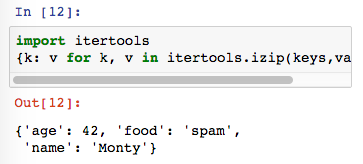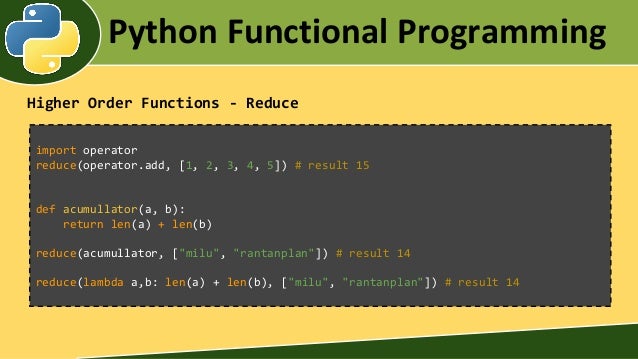

The iteration stops when the shortest input iterable is exhausted. When you consume the returned iterator with list(), you get a list of tuples, just as if you were using zip() in Python 3. In this example, you call itertools.izip() to create an iterator. In Python 3, izip() and imap() have been removed from itertools and replaced the zip() and map() built-ins. To return an iterator, the izip() and imap() functions of itertools must be used. Historical Note: In Python 2, the built-in zip() and map() functions do not return an iterator, but rather a list. This module works as a fast, memory-efficient tool that is used either by themselves or in combination to form iterator algebra. Python’s Itertool is a module that provides various functions that work on iterators to produce complex iterators.


It has the same functionality as the built-in functions filter(), reduce(), map(), and zip(), except that it returns an iterator rather than a sequence. Itertools.ifilter、itertools.reduce、itertools.imap、itertools.izip. result = itertools.cycle() # Display first ten results. Python program that uses cycle, itertools module import itertools # Cycle through these values. Itertools.cycle() The Function takes only one argument as input it can be like list, String, tuple, etc The Function returns the iterator object type In the implementation of the function the return type is yield which suspends the function execution without destroying the local variables. You may check out the related API usage on the sidebar. You can vote up the ones you like or vote down the ones you don't like, and go to the original project or source file by following the links above each example. These examples are extracted from open source projects.
#Izip python 3 how to
The following are 30 code examples for showing how to use itertools.cycle().


 0 kommentar(er)
0 kommentar(er)
